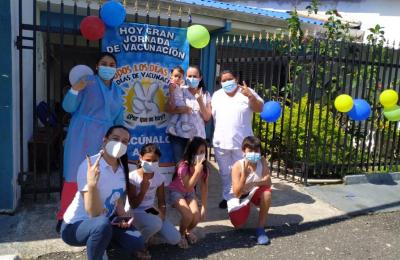Factors associated with COVID-19 length of hospitalization and mortality during four epidemic waves, March 2020–November 2021, Suriname
Objective
To determine the sociodemographic risk factors associated with coronavirus disease 2019 (COVID-19) mortality in Suriname.












